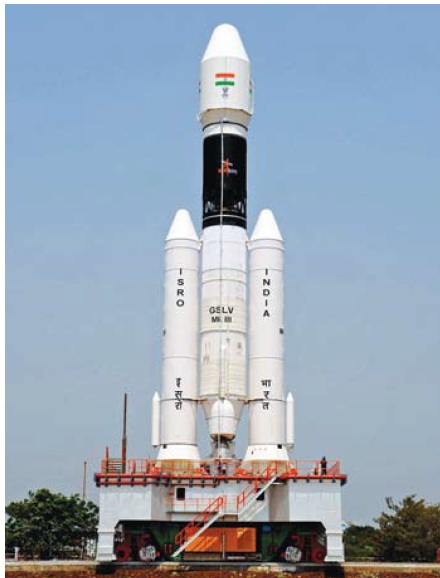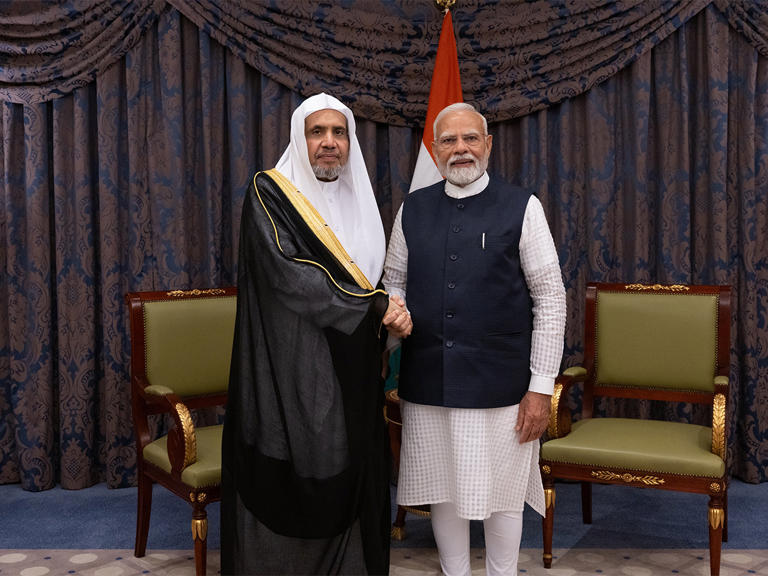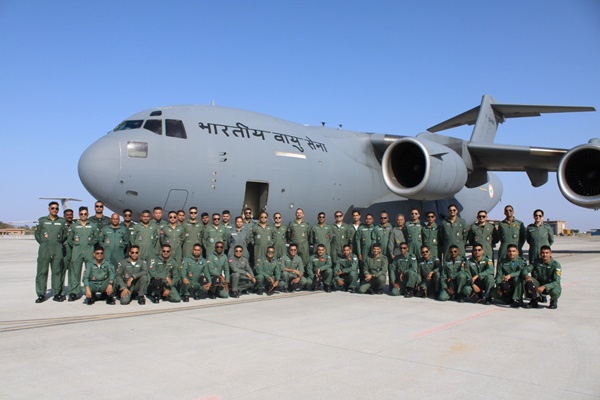
Sriharikota (Andhra Pradesh), December 18, 2014 (IANS) India's heaviest test rocket with an experimental crew module blasted off from the spaceport here Thursday morning. Precisely at 9.30 a.m., the 630 tonne Geosynchronous Satellite Launch Vehicle-Mark III (GSLV-Mark III) standing 43.43 metre tall freed itself from the second launch pad holds and with a reverberating deep throated roar, it rose into the sky. With a thick orange flame at its tail, the expendable rocket ascended towards the heavens with one way ticket as its design life span is just around five minutes.Just over five minutes into the flight, the rocket is expected to eject the giant cup cake shaped 3.7 tonne crew module at an altitude of 126 km.
The Rs.155 crore mission has twin purposes. First is to test the rocket's atmospheric flight stability powered by two engines with around four tonne luggage. The second and incidental objective is to study the re-entry characteristics of the 3.7 tonne crew module-called Crew Module Atmospheric Re-entry Experiment - its aero braking and validation of its end-to-end parachute system.
According to an Indian Space Research Organisation (ISRO) official, it will be of the size of a small bedroom and can accommodate two to three people.
The crew module would descend towards Earth after its ejection at an altitude of 126 km and its speed would be remotely controlled by ISRO officials by its on-board motors. When the module reaches an altitude of 80 km above Earth, the on-board thrusters would be shut off. The module will re-enter Earth's atmosphere at a great speed and the outer temperature touching around 1,600 degrees
centigrade.
centigrade.
At an altitude of around 15 km, the module's apex cover would separate followed by the deployment of the parachutes so as to soft crash in Bay of Bengal near Andaman and Nicobar Islands. From here the crew module would begin its multi-modal and multi-state journey.A naval ship tracking the signals from the module will pick up the module and deliver it at the Ennore Port near Chennai in Tamil Nadu. From there it will be brought to Sriharikota in Andhra Pradesh and then it will be taken to the Vikram Sarabhai Space Centre, Thiruvanthapuram in Kerala.
The experimental rocket does not have the crucial cryogenic engine which is under development and would take around two years for realisation.
However, in order to study the rocket's structural behaviour during its ascent, ISRO decided to put in a dummy cryogenic engine which is similar to the one that would actually power the vehicle. The dummy cryogenic engine was also filled with liquid nitrogen for mass simulation, M.Y.S. Prasad, director of the Satish Dhawan Space Centre in Sriharikota, told IANS.
The GSLV-Mark III is designed to be a three stage/engine rocket with a lift off weight of 630 tonnes. The first stage comprises two identical S-200 large solid boosters with 200 tonne solid propellant that are strapped on to the second stage, the L110 re-startable liquid stage. The third stage/engine is the cryogenic.
For the country, ISRO perfecting the cryogenic engine technology is crucial as precious foreign exchange can be saved by launching communication satellites by itself.
No Comments For This Post, Be first to write a Comment.
Most viewed from Specials
Most viewed from World
AIMIM News
Latest Urdu News
Most Viewed
May 26, 2020
Do you think Canada-India relations will improve under New PM Mark Carney?
Latest Videos View All
Like Us
Home
About Us
Advertise With Us
All Polls
Epaper Archives
Privacy Policy
Contact Us
Download Etemaad App
© 2025 Etemaad Daily News, All Rights Reserved.













.jpg)
.jpg)
.jpg)
.jpg)
.jpg)
.jpg)
.jpg)
.jpg)
.jpg)
.jpg)
.jpg)
.jpg)

















